Easter in Italy, or Pasqua, is a time of great celebration, marked by religious processions, culinary feasts, and a plethora of local customs that paint a vivid picture of the country’s rich cultural heritage.
From the sun-kissed shores of Sicily to the Alpine breezes of the North, each Italian city and region offers a unique take on this ancient festival. Here, we traverse through Italy’s diverse Easter traditions, where faith, folklore, and food intertwine to create a vibrant celebration of spring and renewal. Hungry yet? We certainly are!
The Artisanal Easter Eggs Of Turin
Turin, the capital of Piedmont, is not only famous for its rich history and baroque architecture but also as the birthplace of some of Italy’s finest chocolate. The tradition of crafting Easter eggs, or uova di Pasqua, is taken to an exquisite level here.
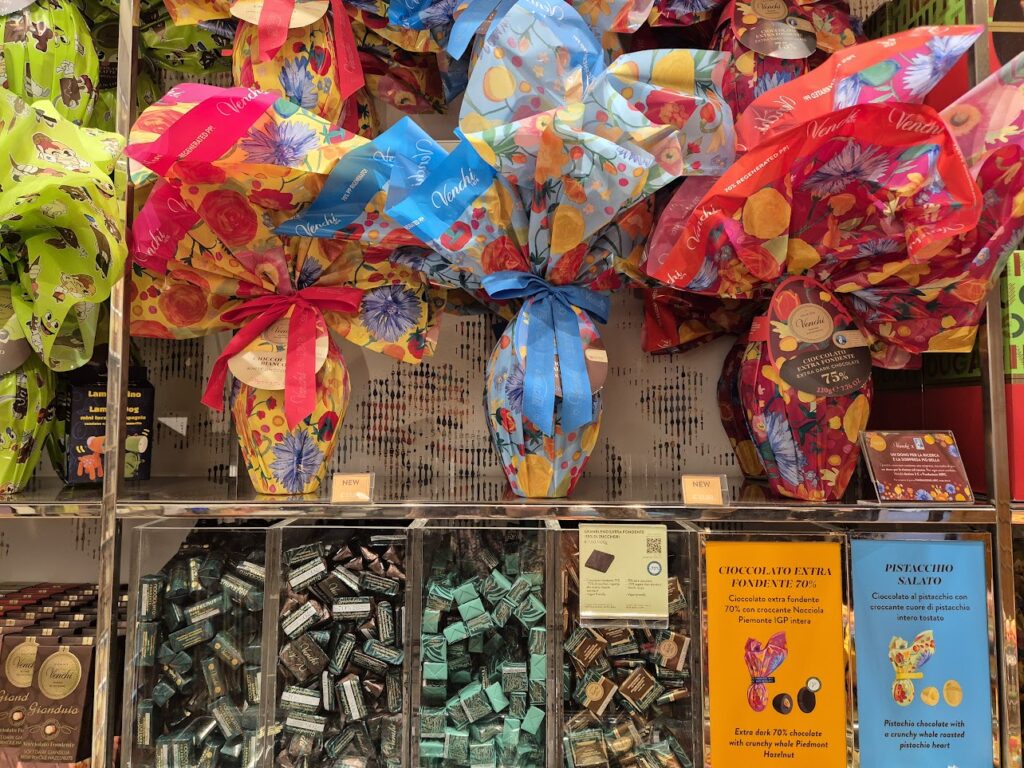
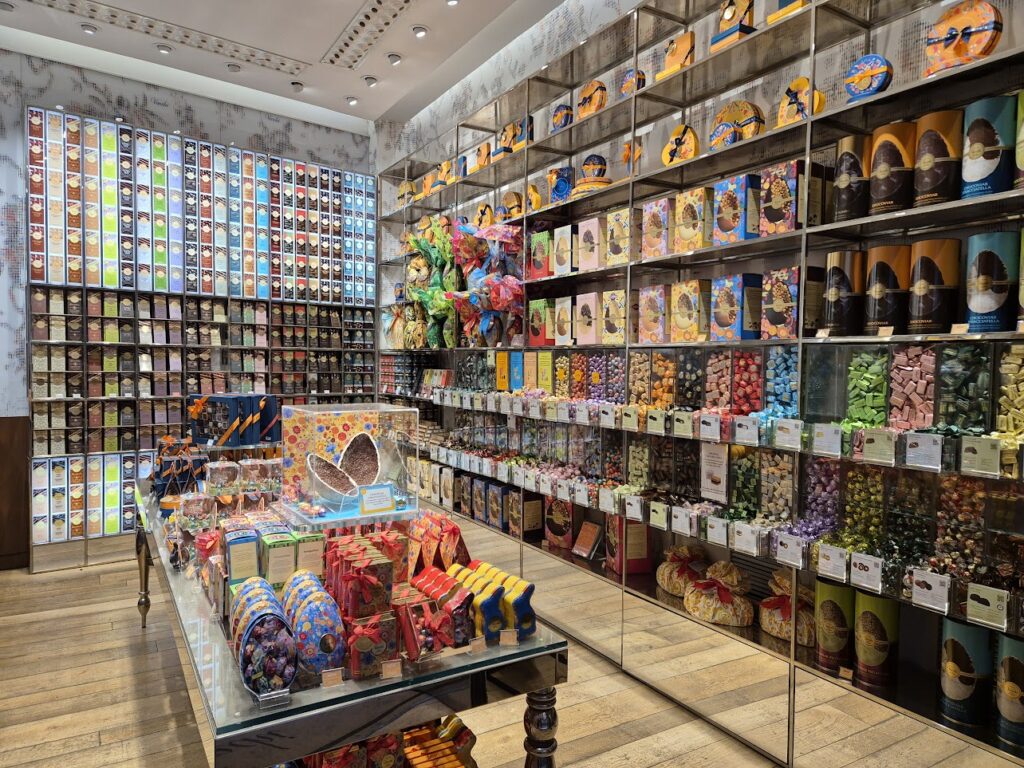

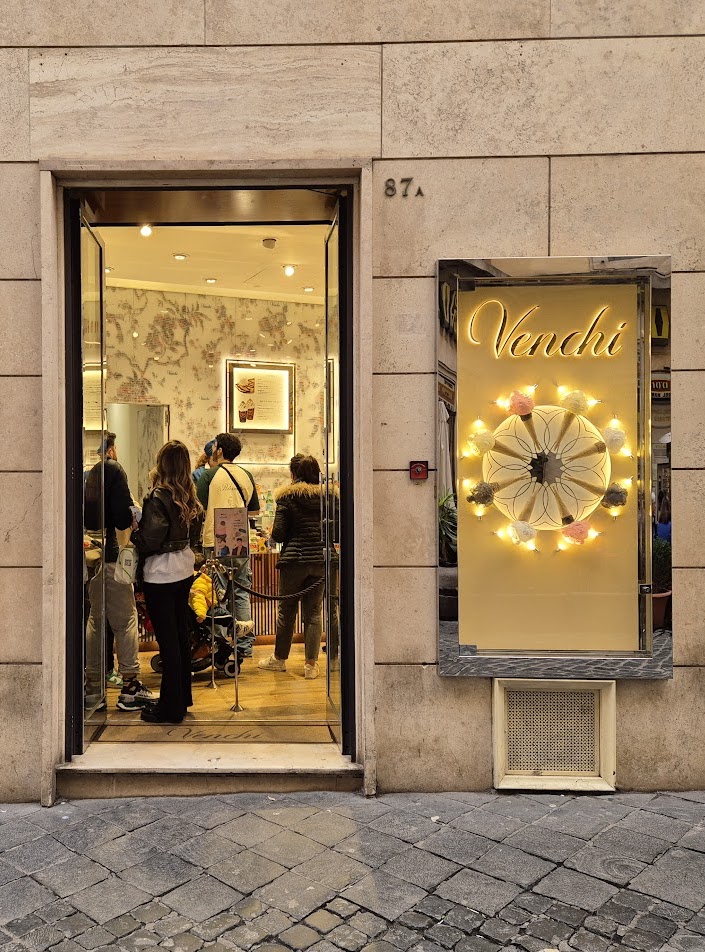
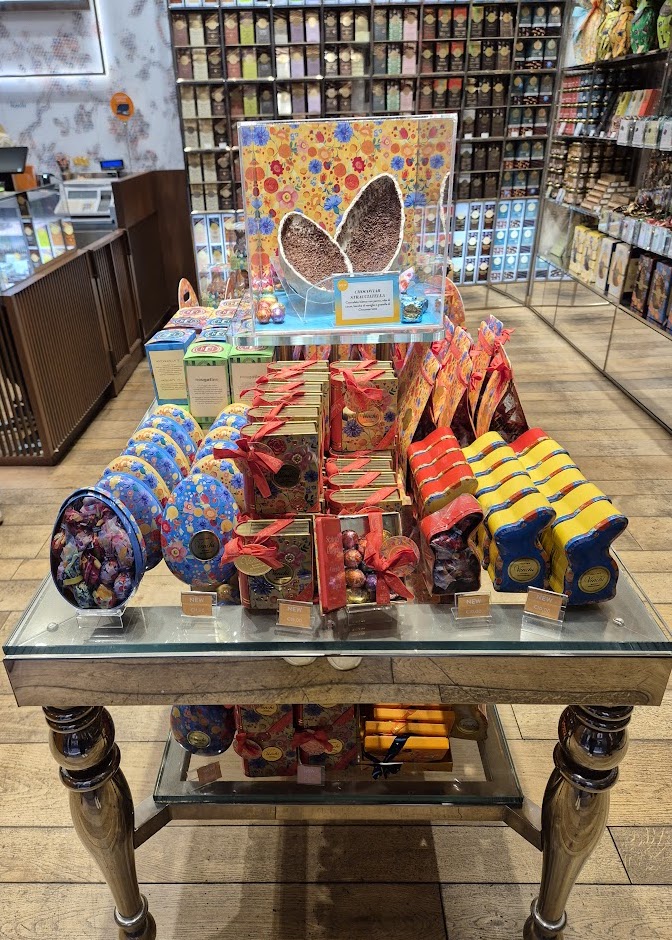
Turin’s chocolatiers like Venchi, with their centuries-old expertise, create easter eggs made of the finest chocolate, often elaborately decorated and wrapped in colourful, shiny foil. Available in different formats and types, these chocolate eggs are not just confectionery; they are masterpieces of culinary art.
The surprise hidden inside the egg is a key part of the tradition, a custom that dates to the early 20th century when Turin’s chocolatiers began placing a sorpresa inside each of their easter eggs.
Today, these surprises range from small toys for children to luxurious gifts such as jewellery for adults. The Easter eggs of Turin are a symbol of the city’s innovation and its deep-rooted love affair with chocolate, making them a sought-after gift not only in Italy but around the world.
Naples: A Sweet Tooth’s Paradise At Easter
In the vibrant city of Naples, Easter is synonymous with indulgence in sweet treats that are as much a feast for the eyes as they are for the palate. The Pastiera Napoletana is the star of the show, a harmonious blend of ricotta cheese, candied peels, and grains steeped in orange blossom water, encased in a buttery, crisp pastry. This dessert is said to have been created by a nun who wanted to capture the scent of the orange groves in a cake.
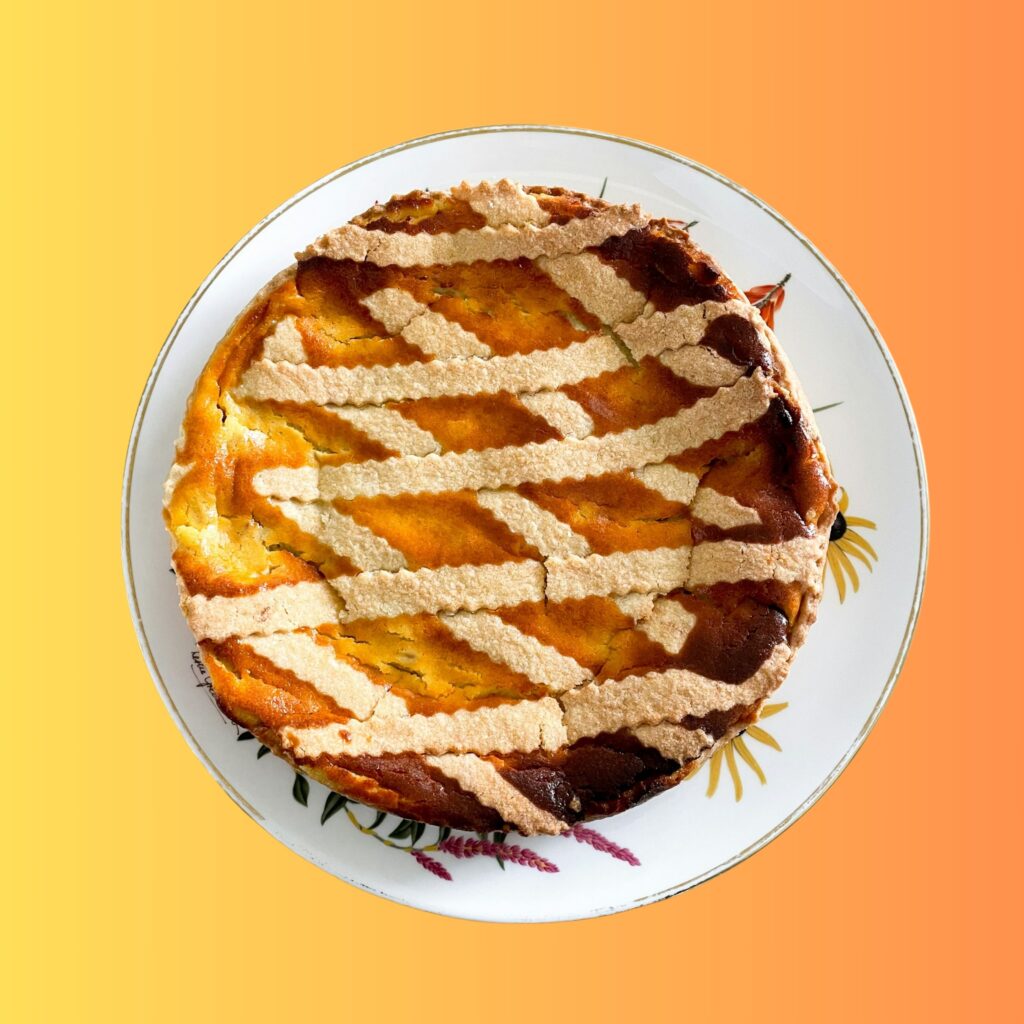
Another Neapolitan Easter speciality is the Casatiello, a savoury bread ring studded with cubes of cheese and salami, symbolising the crown of thorns. For those with a penchant for the sweeter side, La Fiocco di Neve, a soft, brioche-like pastry filled with sweetened ricotta, is a modern addition to the Easter repertoire, quickly becoming a local favourite.

The confectioners of Naples also craft their own versions of chocolate Easter eggs, often incorporating local flavours such as limoncello or hazelnut into the chocolate. The Neapolitan tradition of crafting elaborate sugar almonds, known as confetti, continues at Easter, with these candied treats being given as gifts to friends and family, symbolising health, wealth, and happiness.
Milan: A Fashionable Easter With A Unique Twist
Milan, Italy’s fashion and design capital, approaches Easter with its characteristic flair and elegance. The city’s patisseries and chocolate shops, some of which have been in operation since the 19th century, display windows full of sophisticated Easter eggs and artistic chocolate sculptures that reflect Milan’s status as a hub of creativity.
One of the most distinctive Easter traditions in Milan is the colomba pasquale, an Easter version of the famous Christmas bread panettone. This sweet bread is lighter than its Yuletide counterpart. Moreover, it’s shaped like a dove bird (hence the name colomba which translates to dove).
Unlike panettone, this sweet cake doesn’t have any raisins but instead is studded with candied orange peel. It’s topped with pearl sugar and almonds and baked in a dove shape mould. It’s a testament to the Milanese knack for reinventing tradition with style.

Milan’s Easter is not just about indulgence; it’s also about renewal and giving back. The city is known for its ‘Natale con i tuoi, Pasqua con chi vuoi‘ (Christmas with your family, Easter with whomever you wish) philosophy, encouraging people to spend time with friends and those less fortunate. Charity events and communal meals are common, reflecting the city’s community spirit and modern approach to traditional celebrations.
The Pasquetta Picnics
Easter Monday, known as Pasquetta, is a day for relaxation and enjoyment. Across Italy, families and friends venture into the countryside for picnics, enjoying the spring sunshine and feasting on leftovers from the Easter Sunday banquet. Traditional foods such as torta pasqualina, a savoury pie filled with spinach, eggs, and cheese, are popular choices for these al fresco gatherings.
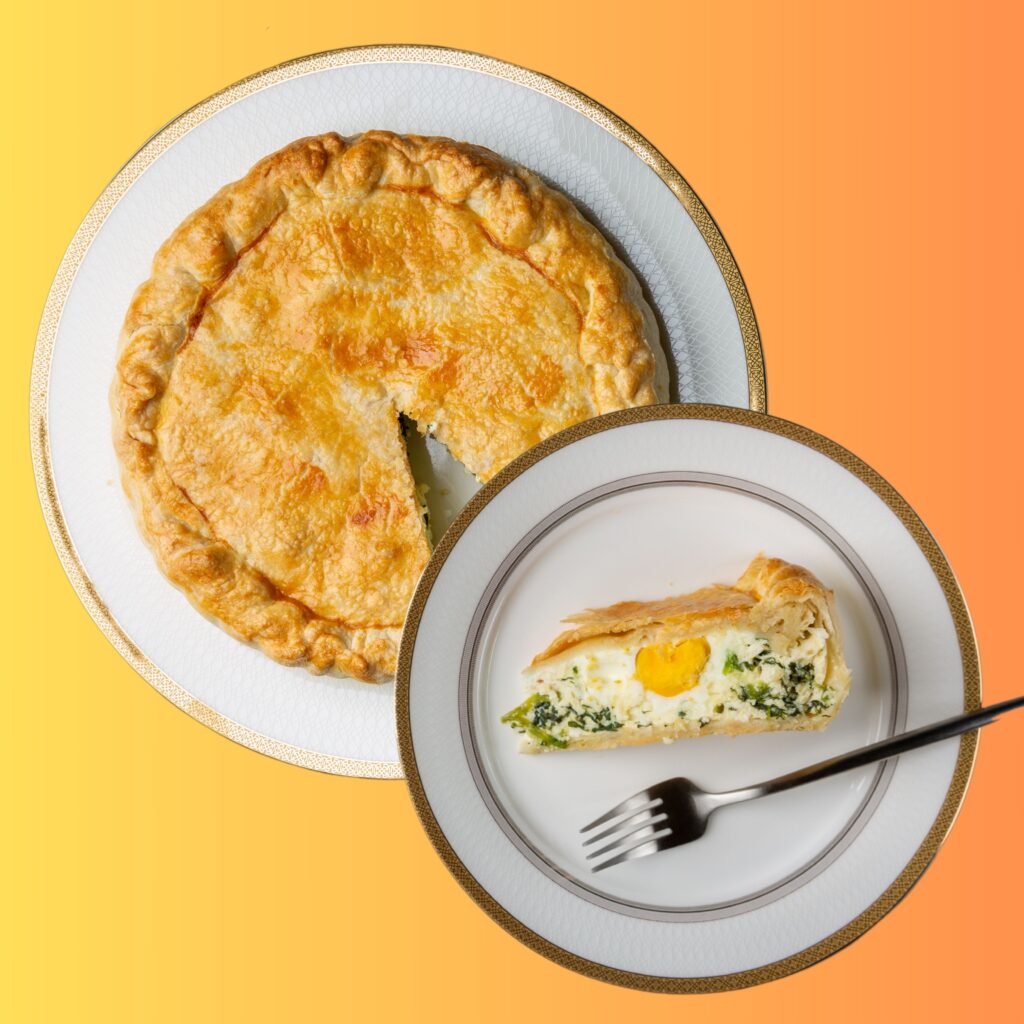
The Sweet Tooth Of Easter
Indeed, no Italian Easter would be complete without its sweet confections. The Colomba Pasquale, a dove-shaped cake symbolising peace, is a staple on Italian tables. Chocolate eggs, often containing a surprise, delight children and adults alike.
In the South, particularly in Naples, the aforementioned Pastiera Napoletana, a fragrant tart made with ricotta cheese, candied fruit, and wheat berries, encapsulates the essence of the season.
The Bottom Line
Easter in Italy is a kaleidoscope of customs that vary from region to region, each with its own history and charm. These traditions, whether they are solemn religious processions or joyous celebrations, all share a common thread – they are expressions of the Italian spirit, a blend of the sacred and the profane, the ancient and the contemporary.
As spring breathes new life into the landscape, Italy’s Easter customs breathe new life into the hearts of those who partake in them, reminding us of the country’s enduring allure and the timeless nature of its cultural tapestry.





